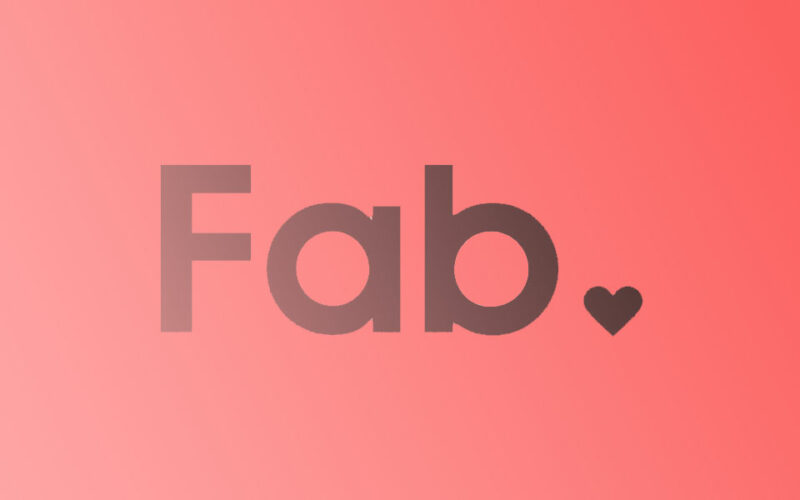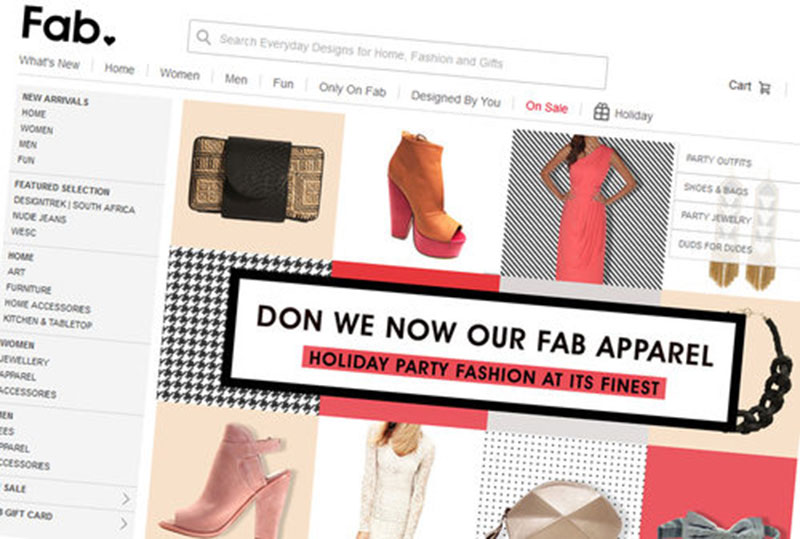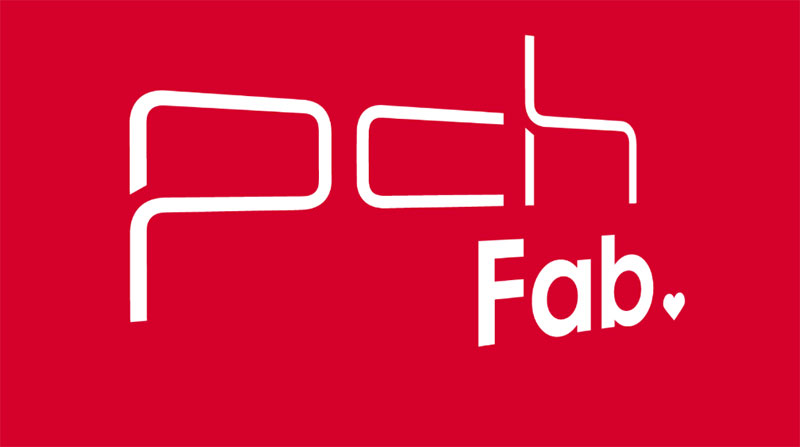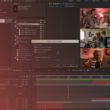Design’s Descent: What Happened to Fab?

Once upon a time in the digital marketplace, a vivid burst of creativity and commerce coalesced into one of the most talked-about e-commerce platforms: Fab.com.
Its ascent was the stuff of Silicon Valley legend, but its mysterious descent has left many scratching their heads. What happened to Fab? This is a tale not just of a single company but of the ebb and flow of the tech industry tide.
Herein, we unravel the intricate tapestry woven by ambition, design, and the ever-elusive chase for profitability that defined Fab.com’s journey.
From the adrenaline-fueled inception to the bewildering pivot points, the narrative offers critical insights into the complex machinery of tech startups.
By the end of this article, the nebulous clouds will part, imparting clarity on the sequence of events that led to the downfall of this online business—an invaluable mosaic of lessons for entrepreneurs and designers alike.
Delve into the revelation of a startup failure, the repercussions of venture capital funding, and a glimpse into the harsh realm of e-commerce competition.
Strategic Missteps
Overexpansion and Mismanagement

But here’s where the plot twists. Overexpansion and Mismanagement—sounds like a band, but it’s the tune Fab started playing, and, spoiler alert: it’s not a hit. They went all in on Premature European Expansion, thinking they could duplicate their stateside swagger.
But what happened to Fab when they tried that move? Let’s just say it wasn’t the standing ovation they expected. Tried to juggle too many balls and ended up dropping most of ’em.
And talk about a facepalm moment—Abandonment of the Core Business Model.
They ditched the flash sales that made them famous, tried to go full Amazon with everyday low prices and a warehouse-sized catalog. Only, they weren’t Amazon, and this script flip didn’t stick the landing.
Operational Challenges
Ever tried to run before you can walk? That’s the story with Inventory Management Issues. Fab’s shelves were either too full or ghost-town empty.
They stocked up like the world was ending, but forgot one little thing — predicting what peeps actually wanted to buy. Rookie move.
Customer Satisfaction and Delivery Delays? More like dissatisfaction and waiting-for-forever delays.
What happened to Fab when customers started frowning? It’s like dominoes; one bad review leads to ten more. Orders took forever, customer service was playing catch-up, and the Twitterverse? Not happy.
Financial Turmoil
Funding and Spending
So, digging into the wallet woes, right? What happened to Fab starts to make sense when you peep the Massive Fundraising and Valuation.
It’s like, one minute you’re a scrappy startup, next you’re sitting on a mountain of cash with investors all googly-eyed, throwing money at you like it’s confetti.
That valuation, though—mega. It ballooned up like a parade float. Everyone’s thinking, “This is it, the next big thing!”
But here’s the kicker: Excessive Burn Rate and Costly Investments. Money flying out faster than a hypersonic jet.
They’re spending on fancy offices, top-notch staff, and some serious tech upgrades. Like, the vibe was more Silicon Valley bling than bootstrap. They were burning cash faster than a bonfire on a crisp fall night.
Competition and Market Pressures
Now, cue the competition—Rise of European Clones. These copycats sprang up like daisies, each one trying to nab a piece of what Fab was serving.
And they weren’t just cheap knock-offs; some got real cozy with Fab’s audience.
Then bam, Loss of Competitive Edge. Fab’s special sauce wasn’t so special anymore.
Customers started getting déjà vu vibes shopping around, and that unique flair Fab had? Started to look like last season’s fashion real quick.
Downfall and Aftermath
Layoffs and Cost-Cutting Measures
Alright, when the storm hits, you gotta drop some weight to stay afloat. That’s where Layoffs and Cost-Cutting Measures come in.
Reduction in Workforce—that’s a fancy way of saying a whole bunch of people got the axe. Tough, real tough.
Offices? Started to look like ghost towns. Scaling Back Operations meant scrapping projects, tightening belts, and a whole lot of “let’s just focus on surviving today” kinda vibe.
It was no longer about being the next big thing; it was about not being the next big flop.
Sale and Acquisition

And the final act, Sale and Acquisition. PCH International steps in like the hero in a disaster flick. The acquisition by PCH International wasn’t the ticker-tape parade ending, though. It was more like, “let’s salvage what we can and move on.”
The Sale Price and Employee Transition—not the payday anyone dreamed of.
For the folks who stuck around, it was a bittersweet goodbye.
For others, it was a fresh start, maybe a chance to take that “what happened to Fab” story and spin it into something new, something better.
Reflections and Lessons Learned
Strategic Reflections
Chill for a sec and think about what went down with Fab. It’s like that gnarly wipeout on a skateboard when you tried to hit a rail too fast, too soon.
Importance of Sustainable Growth—that’s the gnarly truth bomb. Fab was all gas, no brakes, zipping from zero to a hundred like there was no tomorrow.
And then, what happened to Fab? Growth had them all starry-eyed, but nobody was gripping the wheel tight. They needed growth, yeah, but the kind that doesn’t skid out on the first tight curve.
Now, Need for Strategic Direction and Board Oversight. It’s like when you’re deep into building a site, and you realize you’ve got more plugins than you’ve got content.
Sometimes, you gotta step back and ask, “Yo, where are we actually going with this?” That’s what Fab missed. A roadmap. A compass. Someone in that boardroom needed to pump the brakes and steer.
Personal Insights
Let’s get real. CEO Jason Goldberg’s Optimism and New Ventures—you gotta give props to the guy.
When what happened to Fab hit the fan, he didn’t throw in the towel.
Dude’s optimism was like, next-level. Picked himself up, dusted off, and jumped into new adventures. Makes you think, doesn’t it? Even when your code’s breaking and your layout’s a mess, there’s always a fresh line of code to start again.
And don’t forget the Investor and Employee Perspectives.
The view’s different depending on where you stand. Investors were probably biting their nails, watching the digits tumble.
But the employees, man, they rode the wave from epic highs to crashing lows. Each one’s got a tale to tell about what happened to Fab, like a patchwork quilt of hopes, dreams, facepalms, and what-ifs.
FAQ On What Happened To Fab
Why Did Fab.com Fail?
The essence of Fab.com’s failure lies in its rapid expansion and uncontrolled spending. E-commerce is a brutal playground; Fab.com was a quarterback with a flawed playbook.
They pivoted from flash sales to a standard inventory model, which compounded losses and led to a financial crisis in this tech startup.
What Led to the Downfall of Fab.com?
A cocktail of high expectations mixed with even higher burn rates led to the downfall. Despite venture capital infusions, Fab wasn’t able to stabilize or find a sustainable business model. Heavy investments in customer acquisition couldn’t compensate for the deficiency in customer retention.
Who Was Behind Fab.com?
Jason Goldberg spearheaded Fab.com, playing the dual role of CEO and Co-founder. His vision was vivid, propelling design-oriented e-commerce.
But sometimes the brightest flames burn the quickest. Goldberg’s leadership saw dazzling heights and, ultimately, the deep fall of Fab.com.
Did Fab.com Go Bankrupt?
In a sense, yes. The narrative unfolds with a swift rise in valuation followed by an abrupt decline into layoffs and asset sales, a telltale sign of a company teetering on the edge of bankruptcy. Though Fab.com didn’t declare bankruptcy officially, its assets were sold off to PCH Innovations.
When Did Fab.com Shut Down?
The curtains began to close on Fab.com’s operations around 2015. It wasn’t a single event but a gradual decay. The tech company’s lifespan met a dilatory demise; once bustling virtual aisles became digital ghost towns as the user base dwindled, and operations screeched to a halt.
What Happened to Fab.com’s Inventory?
Post-downfall, Fab.com’s remaining inventory was sold at a liquidation event. This fire sale was due to their pivot from a flash-sale business to holding inventory, which backfired.
The remnants of its stock were cleared out, evoking a market competition and cash flow lesson for e-commerce enthusiasts.
How Much Did Fab.com Raise in Funding?
Fueling the fire of its growth, Fab.com attracted over $300 million in venture capital. A sizeable war chest, indeed, but even this was insufficient to offset the investment losses stoked by the unsustainable burn rate. It was a modern Icarus tale, wealth in flight with a forgotten warning.
Did Fab.com Get Acquired?
Ultimately, PCH Innovations stepped in, acquiring what was left of Fab.com. This moved the erstwhile e-commerce player from an independent entity to part of a larger conglomerate. Acquisition might be seen as a soft landing, but it was a stark deviation from its standalone glory days.
What Was Fab.com’s Business Model?
Initially, Fab.com delighted in a flash sales website model, a dynamic bazaar of time-limited deals on design-centric goods.
When the allure of that strategy waned, Fab attempted a business model pivot to a traditional inventory holding retail model—unfortunately, without the anticipated success.
What Is Fab.com’s Legacy in the Tech and E-commerce Sectors?
Perhaps a cautionary beacon; Fab.com’s trajectory is etched into the annals of tech startup history. Key lessons about scalability, visionary leadership, and market fit echo through the halls of modern-day e-commerce strategy discussions.
Fab.com is remembered for its ambitious dreams and as a stern warning of overreach.
Conclusion
In the final analysis, the query what happened to Fab unveils a narrative rife with the intoxicating highs and sobering lows that often punctuate the tech startup landscape. Through the lens of a design-centric e-commerce venture, we’ve traced the arc of a company that soared on the wings of venture capital but faltered in the pursuit of sustainable growth.
- Lessons crystallized from Fab’s downfall are myriad:
- Respecting burn rates,
- Ensuring a sticky, customer-centric approach,
- The perils of overly aggressive expansion,
- And the weighty consequences of misaligned business models.
Each strike a chord, resonating within the entrepreneurial spirit, fostering a cautious respect for the delicate balancing act between innovation and feasibility. Though Fab’s star has set, its story kindles a beacon for others walking the tightrope of tech’s promise and peril. It’s a check against hubris, a blueprint of what not to do, and a reminder that in the digital bazaar, adaptability is not just an advantage—it’s a necessity.
- Creating Stunning Visual Effects with Apps Like Adobe After Effects - May 1, 2024
- Managing Multiple Websites from a Single Installation - May 1, 2024
- C++ Capabilities: What is C++ Used For? - May 1, 2024








